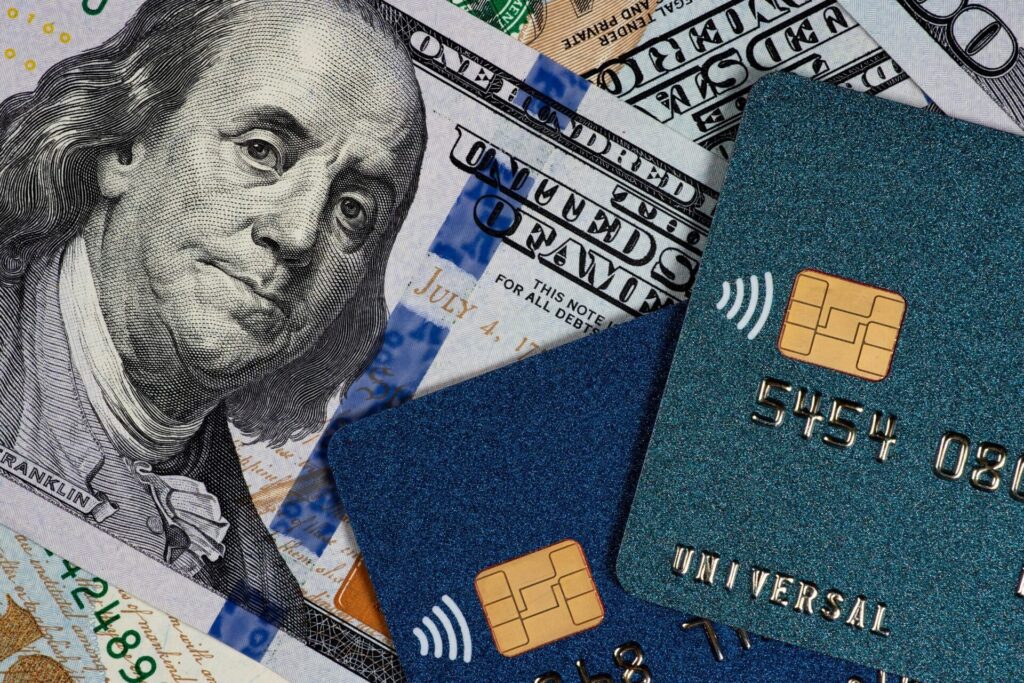What credit score is needed to buy a house? There are a number of factors that go into qualifying for a mortgage, and one of the most important ones is that all-important financial indicator, your credit score. (To find out more about scores in general, check out our article What’s a good credit score?).
If you’re wondering what credit score is needed to buy a house, the answer is: it depends on what type of loan you’re planning to get. 620 is the lowest score most conventional lenders will consider, but there are a number of other options that may accept lower scores. Here’s an overview of common loan types and their credit score requirements:
FHA: A credit score of 500
Federal Housing Administration (FHA) loans are designed to assist home buyers whose credit scores are on the lower end, as well as those who may not be able to put the typical 20% of the purchase price down. An FHA loan often can help you if you have a credit score of 500 to 579 (if you’re in that range, you’ll need to come up with a 10% down payment). An FHA loan is different from other mortgages in that you’ll have to pay monthly mortgage insurance.
If you have a 580 credit score or higher, you may be able to qualify for an FHA loan with a lower down payment (as low as 3.5%).
One important thing to note is that if you have a credit score in the 500s, and you have any liens, collections, or judgments against you, an FHA loan will require that you pay those off prior to closing.
Estimated monthly payment
A lot of variables (like income, monthly expenses, etc) affect your interest rate in addition to your credit score, but a general example monthly payment for a $300,000 home with a 30-year FHA loan and 10% down payment is: $2,426 (including taxes, fees, interest, and the required mortgage insurance.)
With a 3.5% down payment, the monthly cost is: $2,678
USDA: A credit score of 640
A U.S. Department of Agriculture (USDA) home loan can be a good option if you have a credit score of 640 or higher.
USDA loans were created to help households with very low to moderate incomes purchase safe and affordable homes in rural areas. USDA loans typically don’t require a down payment. If you’re seeking to buy a home in a rural area, you may qualify, but if you’re house hunting in a metropolitan area it’s unlikely to meet USDA loan requirements. You can visit the USDA’s website and enter an address to find out if a particular property qualifies for a USDA loan.
Estimated monthly payment
A general example monthly payment for a $300,000 home with a 30-year USDA loan and 0% down payment is:
$2,580
VA: A credit score of 640
A Department of Veterans’ Affairs (VA) home loan may be available to you if you’ve served in the armed forces for at least 24 months. You may be eligible if you’re currently active duty, or if you received an honorable discharge upon leaving the military.
VA lenders can set their own credit score requirements, so you may be able to qualify if you have a score lower than 640. Lenders’ minimums vary, but most are in the low to mid 600s.
Estimated monthly payment
A general example monthly payment for a $300,000 home with a 30-year VA loan and 0% down payment is: $2,610
Jumbo: A credit score of 700
Jumbo loans are basically mortgages with balances that are higher than the Federal Housing Agency (FHFA) limits. In 2023, that balance is $726,200 for most counties. For some higher-cost areas, that balance is $1,089,300.
Because jumbo loans are for larger amounts of money—and lenders are taking a bigger risk—the requirements are considerably more stringent than those of smaller loans. You’ll need a score of 740 or higher to qualify for the best interest rates, but if your score is over 700, you still may qualify for a jumbo loan as long as you have a strong credit and earning history.
Estimated monthly payment
A general example monthly payment for a $300,000 home with a 30-year jumbo loan and 20% down payment is: $1,941
How to repair your credit to buy a home
If your credit isn’t ideal and you want to improve it before you buy a house, there are several things you can do.
- Review your credit history
See what’s included in your credit report, and make sure it’s accurate. Check to see that all of the accounts are truly your accounts, and that all the balances are current and correctly reflect what you owe. If you see any mistakes, report them to the credit bureau(s) that list the error.
- Nail the small payments
Your payment history is a big part of your credit score, so making sure you pay those recurring small bills on time is very helpful to establish a strong payment history.
- Pay down your high-balance loans
If you have a credit card with a high balance, it can be very helpful to pay that down as quickly as possible. It’s ideal to use no more than 30% of your available credit; lenders like to see that as evidence that you use credit responsibly.
- Credit Builder
Using a tool like Brigit’s Credit Builder is another great way to build your credit. By setting aside as little as $1 each month, Brigit reports that as on-time payments to the credit bureaus, which helps you build credit over time. The subscription includes access to credit monitoring, credit score tracking, and identity theft protection.
Want to learn more? Check out this 30-second video or visit https://www.hellobrigit.com/credit-builder.
*Impact to score may vary. Some users’ scores may not improve. Results will depend on many factors, including on-time payment history, the status of non-Brigit accounts, and financial history. Results show that customers with a starting credit score of 600 or below were more likely to see positive score change results. A Brigit subscription is required.
Banking services provided by Coastal Community Bank, Member FDIC.istock










